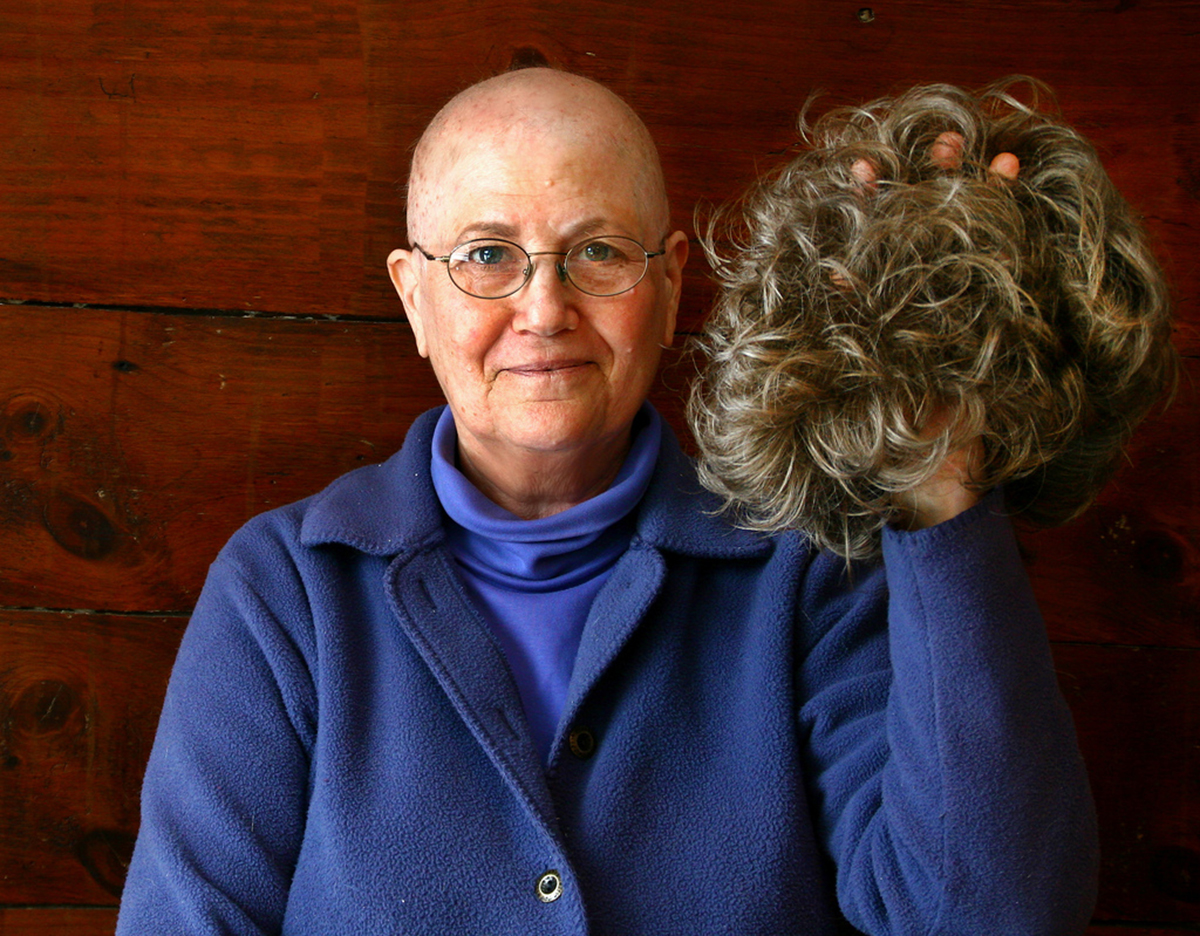Better public awareness and screening procedures, may have led to a decrease in certain type of cancer. While that is great news, there are four types of cancer, which appear to be on the rise.
The Increase In Thyroid Cancer
The thyroid is a gland in the neck, which produces hormones that a play a role in proper functioning of important functions, such as metabolism. Thyroid cancer occurs when cells in the gland grow out of control. Thyroid cancer is the ninth most commonly diagnosed cancer in the United States, but it is increasing.

It has increased in people of both genders and all races.
Better detection methods may account for some of the increase in diagnoses, but not all. Additional reasons for the increase in the rates of thyroid cancer are currently being researched. The good news is, although rates are increasing; the overall mortality rate is considered low.
There are not a lot of identified risk factors for thyroid cancer, but radiation exposure and certain genetic conditions may increase the chances of developing the disease. Symptoms of thyroid cancer include a swelling or lump in the neck, trouble swallowing, voice changes and pain in the neck.
There is not a routine screening for thyroid cancer. If patients have symptoms, such as a lump in the neck, further screening including an ultrasound is often done. A needle biopsy may also be performed if thyroid cancer is suspected. It is important to understand, there are other common thyroid conditions, which are not cancerous.
Skin Cancer Rates Climbing
The link between sun exposure and skin cancer has been widely publicized, yet the rates of skin cancer have continued to climb. There are a few different types of skin cancer including basal cell and melanoma.
The most common type of skin cancer is basal cell skin cancer, which is often treatable, but it can still be disfiguring.
In fact, skin cancer is so common, more people are diagnosed with skin cancer than lung, breast and colon cancer combined.
Melanoma is the most serious type of skin cancer and is also increasing. The Skin Cancer Foundation Reports between 2000 and 2009 the rates of melanoma increased by almost two percent annually. Melanoma is one of the seven most common cancers is the Unites States and the only one which is on the rise.
Since about 90 percent of skin cancer is attributed to sun exposure, increased rates must indicate more people are spending time in the sun unprotected. According to the American Academy of Dermatology, signs of skin cancer include changes to the skin, such as a red patch that won’t heal, sores that bleed and changes in moles.
Read More: Cancer May Not Be Unbeatable, But It Is Preventable
Screening for skin cancer is relatively easy and involves a visual inspection of the skin by a dermatologist. If a suspicious growth is found, it will likely be removed in order to be biopsied.
Two Aggressive Cancers On The Rise
Any type of cancer diagnosis is difficult to deal with. But certain types of cancer are considered more aggressive and harder to treat. A few aggressive types of cancer appear to be on the rise.
Pancreatic Cancer Rates Increasing
The pancreas releases enzymes, which help aid in the digestion of foods. It also releases hormones, which play a role in a variety of body functions. Pancreatic cancer occurs in either of the two types of cells in the pancreas, which includes the exocrine and endocrine cells.

Pancreatic cancer is somewhat uncommon only accounting for about three percent of cancers diagnosed. But it accounts for about seven percent of cancer deaths in the United States. That number also appears to be on the rise. According to the Pancreatic Cancer Action Network, a recent study indicates pancreatic cancer is on the rise.
The rates of pancreatic cancer have slowly been rising for the past 15 years. Although the exact cause is not fully understood, it appears increased rates of diabetes and obesity in the country may be linked to the climbing incidence of pancreatic cancer.
According to the American Cancer Society, the risk factors for developing pancreatic cancer include smoking, obesity, diabetes and having chronic pancreatitis. One frightening thing about pancreatic cancer is symptoms often do not present until the cancer is advanced, which makes it hard to detect in its early stage.
Symptoms of pancreatic cancer include abdominal pain, digestive problems, nausea, itchy skin and dark colored urine. Currently, there is not a routine screening for pancreatic cancer to help detect the disease early. But people who have several risk factors may want to speak with their doctor about endoscopic ultrasound, which is a new test performed in some people with a strong family history of the disease.
Incidence Of Liver Cancer On The Rise For Certain Races
Along with pancreatic cancer, liver cancer is another aggressive cancer on the rise, according to the National Institutes of Health.
The statistics indicated the increase in liver cancer rates was seen in black, Hispanic and white men and black women, but not other racial populations.
Although additional research needs to be conducted, increased rates of hepatitis may be connected to the increases in liver cancer. In addition to hepatitis, other risk factors for developing the disease include heavy alcohol use, chronic cirrhosis and obesity. Symptoms of liver cancer may vary depending on how advanced the disease is, but often include nausea, vomiting and swelling of the abdomen. Unintentional weight loss, yellowing of the skin and fatigue are also common.
See Also: Hiding Cancer Under A Wig?
A routine screening for liver cancer is not currently being used. Once symptoms develop, blood tests, imaging studies, such as CT scans, and surgery to remove a tissue sample confirm a diagnosis. Treatment often includes surgery, chemotherapy and radiation therapy.
- www.pancan.org/reports/report-the-alarming-rise-of-pancreatic-cancer-deaths-in-the-u-s/
- www.cnn.com/2014/05/19/health/pancreatic-liver-cancer-deaths/
- www.cancer.org/cancer/pancreaticcancer/detailedguide/pancreatic-cancer-detection
- www.skincancer.org/skin-cancer-information/skin-cancer-facts
- www.aad.org/dermatology-a-to-z/diseases-and-treatments/q---t/skin-cancer/signs-symptoms
- www.ncbi.nlm.nih.gov/pubmed/22281605
- Photo courtesy of Gamma Man via Flickr: www.flickr.com/photos/gammaman/6954408936
- Photo courtesy of Muffet via Flickr: www.flickr.com/photos/calliope/6025359063


Your thoughts on this